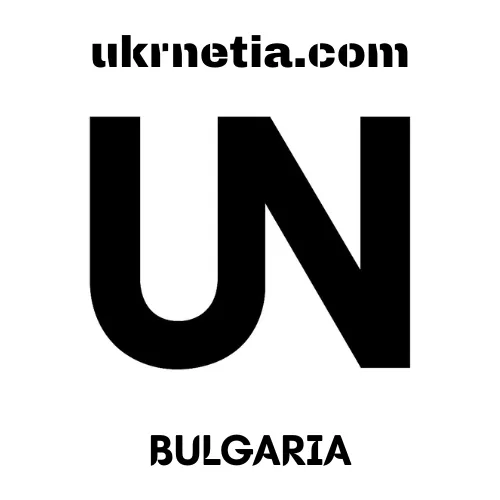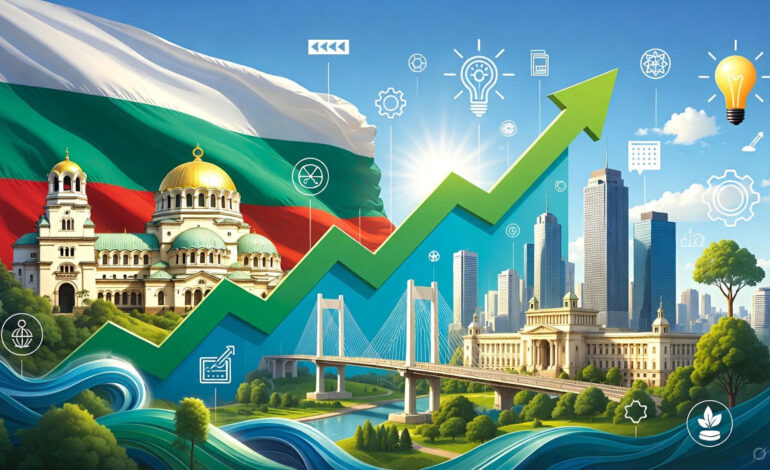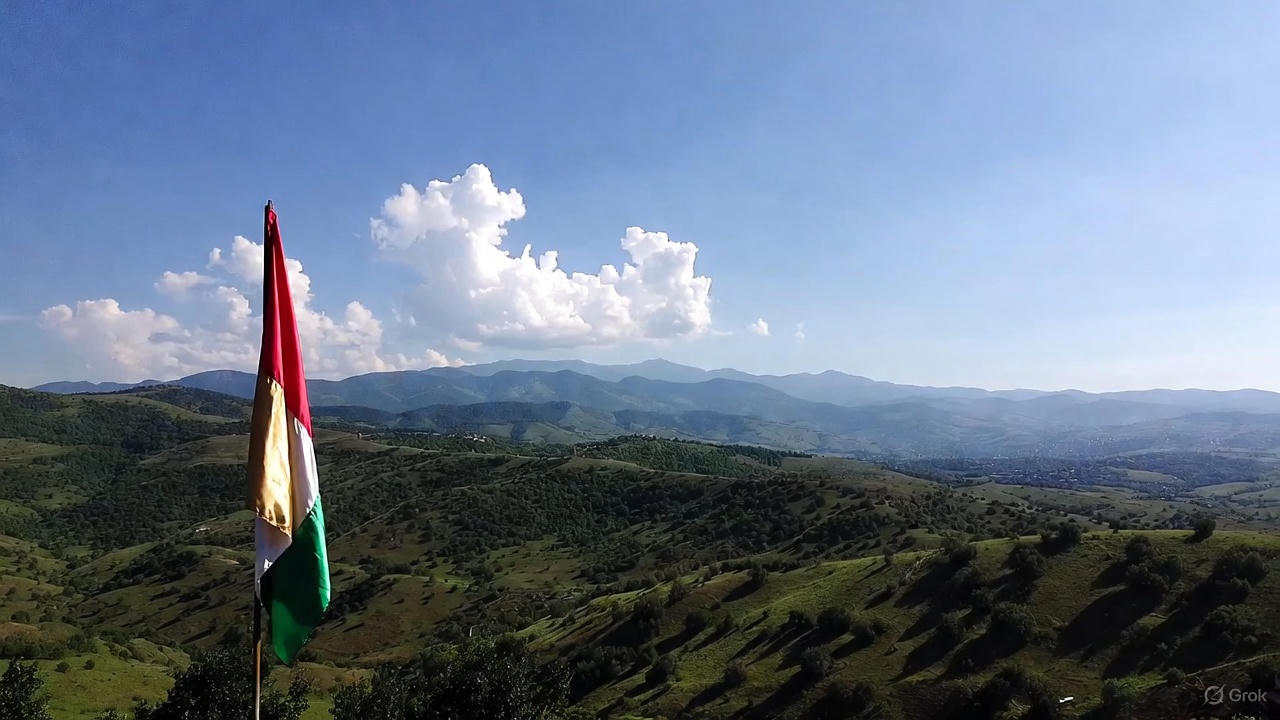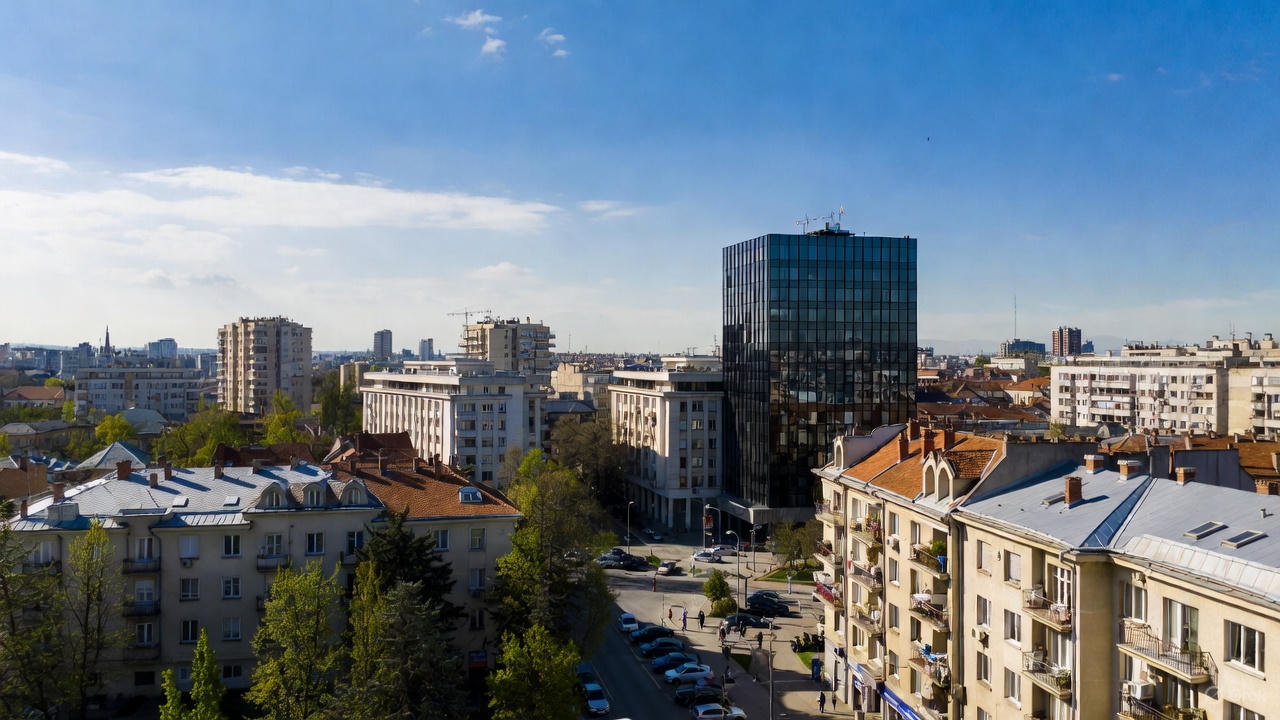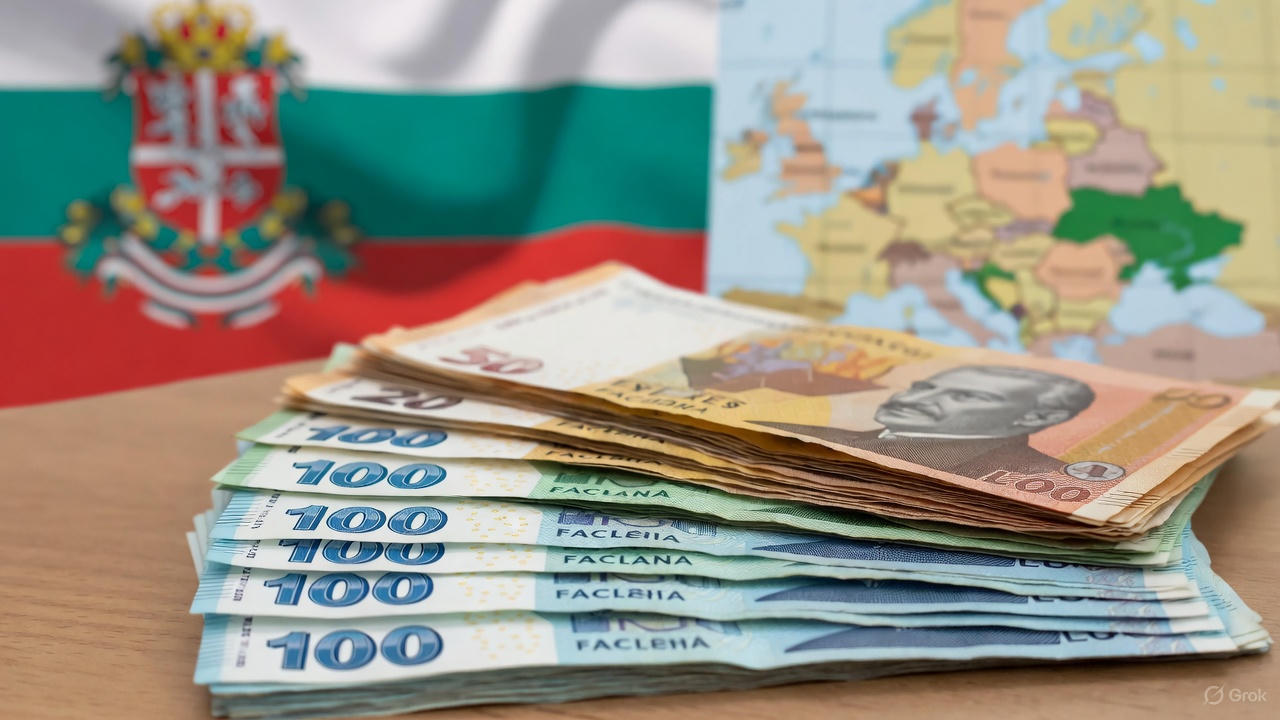Bulgaria’s Inflation Battle: Can Fiscal Policy Keep Prices in Check?
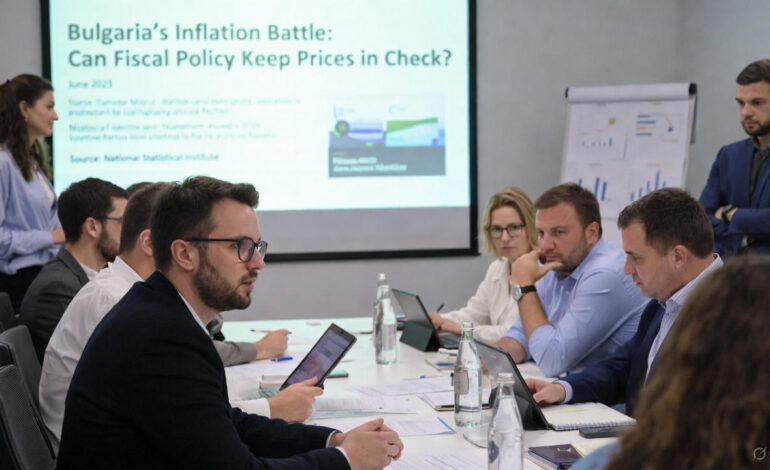
In February 1997, Bulgarian shoppers queued for bread at 1,000 % annual inflation; by December 2022, the specter returned—albeit tamed—at 16.9 %. The currency board, that ironclad 1997 invention, prevented hyperinflation but could not stop imported energy shocks, supply-chain snarps, and wage catch-up from pushing the Harmonised Index of Consumer Prices (HICP) to double digits. With euro adoption locked for 1 January 2025, the Maastricht inflation criterion (≤ 1.5 pp above the three best-performing eurozone members) looms large. The European Central Bank’s 2024 Convergence Report gave Bulgaria a provisional pass at 5.2 % average HICP for the year to April, but the battle is far from won. This article dissects the inflation drivers, evaluates fiscal policy’s constrained toolkit, and forecasts whether Sofia can keep prices in check through the eurozone gateway.
Anatomy of the 2021–2024 Inflation Surge
1.1 External Shocks (65 % of the spike)
- Energy: Natural gas prices jumped 800 % in August 2022 after Gazprom cut supplies. Electricity for households, capped by the state, still rose 28 % cumulatively.
- Food: Global wheat and sunflower oil prices—Bulgaria is the EU’s #2 sunflower exporter—added 3.8 pp to HICP in 2022.
- Transport: Diesel at €1.70/litre in mid-2022 (vs. €0.90 pre-COVID) inflated logistics costs 22 %.
1.2 Domestic Amplifiers (35 %)
- Wage-Price Spiral: Minimum wage rose 51 % nominally (2021–2024); public-sector pay 38 %. Private-sector average gross wage hit €1,050 in Q1 2024, fueling services inflation (restaurants +18 %, recreation +14 %).
- Fiscal Expansion: Budget deficit widened to 3.9 % of GDP in 2022 (vs. 0.8 % average 2016–2019) on energy subsidies and pension hikes.
1.3 Core vs. Headline
Core inflation (excluding energy/food) averaged 9.1 % in 2023—stickier than headline 8.6 %—signaling second-round effects.
The Currency Board Straitjacket
Since 1997, the Bulgarian National Bank (BNB) cannot set interest rates, conduct open-market operations, or act as lender of last resort beyond reserve-backed liquidity. The lev–euro peg (1.95583:1) imports ECB policy: the main refinancing rate of 4.25 % (July 2024) transmits one-for-one to Bulgarian interbank rates. This leaves fiscal policy—government spending, taxation, and subsidies—as the only discretionary lever. The question: can it cool inflation without derailing growth?
Fiscal Policy Arsenal: 2022–2025
2.1 Energy Subsidies – Blunt but Effective
- 2022–2023: €1.8 billion compensated households (up to 300 kWh/month at €0.09/kWh) and non-household users (business compensation scheme). Inflation impact: –2.1 pp in 2023, per BNB estimates.
- Phase-out: Subsidies end December 2024; full liberalization January 2025. Risk: 1.2 pp HICP rebound if wholesale prices stay above €120/MWh.
2.2 Tax Tweaks – Limited Room
- VAT: Standard rate 20 %; reduced 9 % on baby food, books, and—since 2022—restaurant services. Reverting restaurants to 20 % in 2025 would shave 0.4 pp off HICP but cost €180 million in revenue.
- Excise: Diesel excise frozen at €0.33/litre since 2016; aligning to EU minimum (€0.33 → €0.39) adds 4 eurocents/litre, +0.1 pp inflation.
2.3 Expenditure Restraint – The Real Lever
The 2024 budget targets a 3 % ESA deficit (down from 3.9 % actual 2023). Key measures:
- Public wage bill capped at 2023 nominal levels (real cut 4 %).
- Pension indexation switched from “Swiss rule” (50 % wage + 50 % inflation) to pure CPI, saving €420 million annually.
- Capital expenditure frozen in real terms (€2.1 billion, 2.2 % GDP).
2.4 Golden Rule 2.0
The government introduced a fiscal rule in 2023: structural deficit ≤ 1 % of GDP from 2025, with automatic stabilizers only. This aligns with eurozone Stability and Growth Pact but is stricter than Romania (2 %) or Croatia (1.5 %).
Inflation Forecasts and Eurozone Compliance
| Scenario | 2024 HICP | 2025 HICP | Maastricht Reference (est.) |
|---|---|---|---|
| BNB Baseline | 3.1 % | 2.4 % | 3.3 % |
| Energy Shock (+30 %) | 3.8 % | 3.6 % | 3.3 % |
| Wage Spiral (8 % growth) | 3.5 % | 3.1 % | 3.3 % |
The reference rate is calculated as the average of the three lowest-inflation eurozone members (projected: Malta 1.6 %, Finland 1.7 %, Belgium 1.8 % → reference 3.3 %). Bulgaria needs HICP ≤ 3.3 % in the 12 months to October 2025 for ECB approval.
Risk Matrix
- Energy Rebound (30 % probability): Wholesale prices spike to €150/MWh → +1.2 pp.
- Wage Overshoot (20 %): Private-sector settlements exceed 10 % → +0.7 pp core.
- Statistical Base Effect (100 %): 2022 high prints drop out of 12-month average, mechanical –1.8 pp relief.
Sectoral Deep Dives
3.1 Food – From Shock to Stability
Food inflation fell from 24 % (Oct 2022) to 2.1 % (June 2024). Reasons:
- Bumper sunflower harvest (1.9 million tonnes, +12 %).
- EU-Ukraine Solidarity Lanes kept grain flowing.
- Retail chains’ “anti-inflation baskets” (fixed prices on 50 staples) covered 18 % of CPI basket.
3.2 Services – The Sticky Core
Services inflation 7.8 % in 2024, driven by tourism (hotels +12 %), telecom (+9 %), and healthcare (+11 %). Fiscal levers are indirect:
- Tourism VAT stays 9 % through 2025 to cap hotel price hikes.
- Public healthcare wage freeze contains private clinic cost pass-through.
3.3 Housing – The Quiet Accelerator
Administered rents (Sofia) up 38 % since 2021; owner-occupied imputed rents +22 %. The BNB’s macroprudential limits—loan-to-value 85 %, debt-service-to-income 45 %—prevent a credit-fueled bubble but cannot lower existing rents.
Eurozone Entry: Inflation Boon or Trap?
Joining the euro eliminates currency risk and compresses interest-rate spreads. Bulgarian 10-year bonds yield 3.75 % (July 2024) vs. German bunds 2.45 %; post-euro, spreads should fall to 0.2–0.3 pp, saving €110 million annually on debt service. Lower borrowing costs could stimulate demand—exactly what inflation control does not need.
Mitigation Strategy
- Front-load Capital Spending: €1.4 billion EU-funded projects in 2025 to boost supply (roads, irrigation) rather than demand.
- Reserve Buffer: BNB holds €40.8 billion reserves (55 % GDP); €2 billion earmarked for potential energy compensation if prices spike.
Political Economy: Can Governments Stay the Course?
The 2024 coalition (GERB–PP-DB) survived a no-confidence vote in June over pension indexation cuts. Public tolerance for restraint is thin: 61 % oppose subsidy phase-out (Alpha Research, May 2024). Yet euro adoption enjoys 68 % support—politicians frame fiscal discipline as the price of the euro, not austerity for its own sake.
Fiscal Policy as Tightrope, Not Silver Bullet
Bulgaria’s inflation battle is 80 % won: headline HICP is back to single digits, energy shocks are fading, and food prices are stable. The remaining 20 %—core services, wages, and housing—require fiscal restraint in a pre-election year and a liberalized energy market. The currency board strips monetary policy; the eurozone will strip exchange-rate flexibility. Fiscal policy must therefore walk a tightrope:
- Spend enough to cushion the poor (targeted vouchers, not blanket subsidies).
- Tax enough to avoid deficit slippage (close VAT loopholes, €280 million potential).
- Invest enough to raise potential growth (absorb €12 billion Recovery Funds by 2026).
If the government sticks to the 3 % deficit ceiling, absorbs base effects, and resists populist wage hikes, HICP will land at 2.4 % in 2025—comfortably inside the Maastricht envelope. Miss the mark, and euro adoption slips to 2026, with political and market fallout. The ghost of 1997 is exorcised, but vigilance remains the price of the euro.
